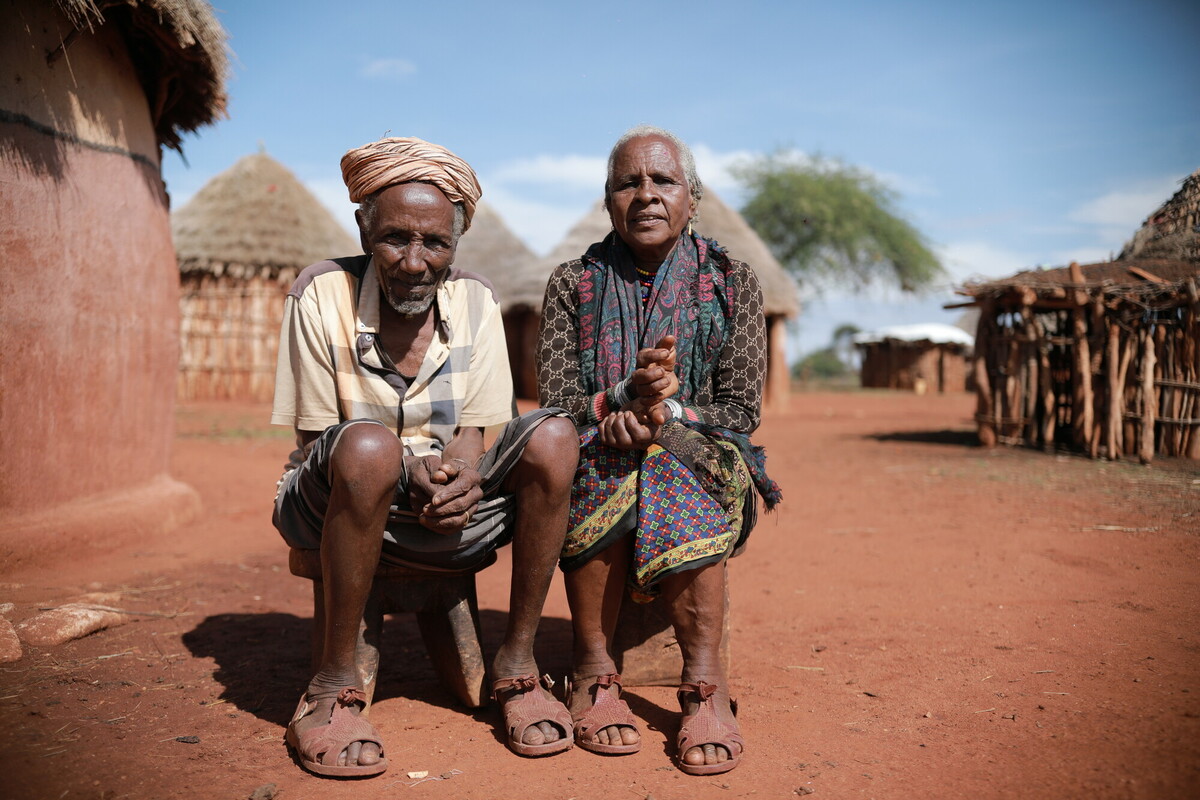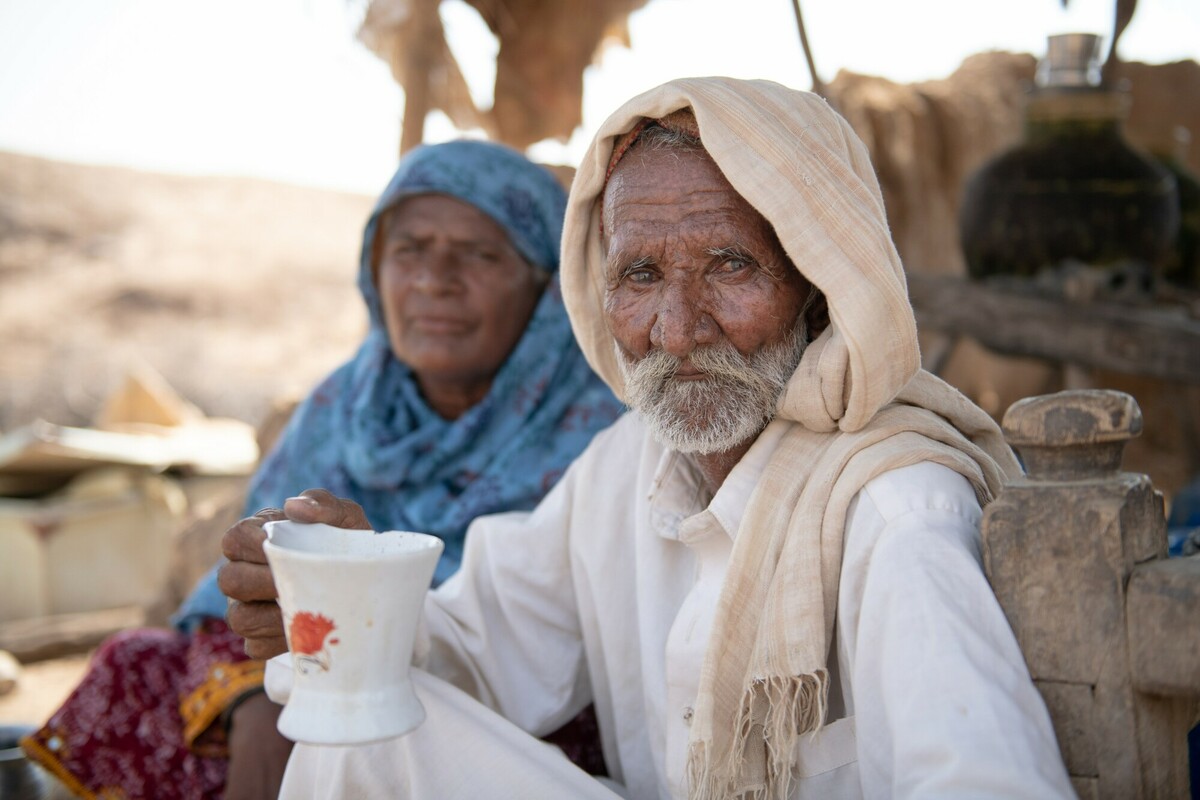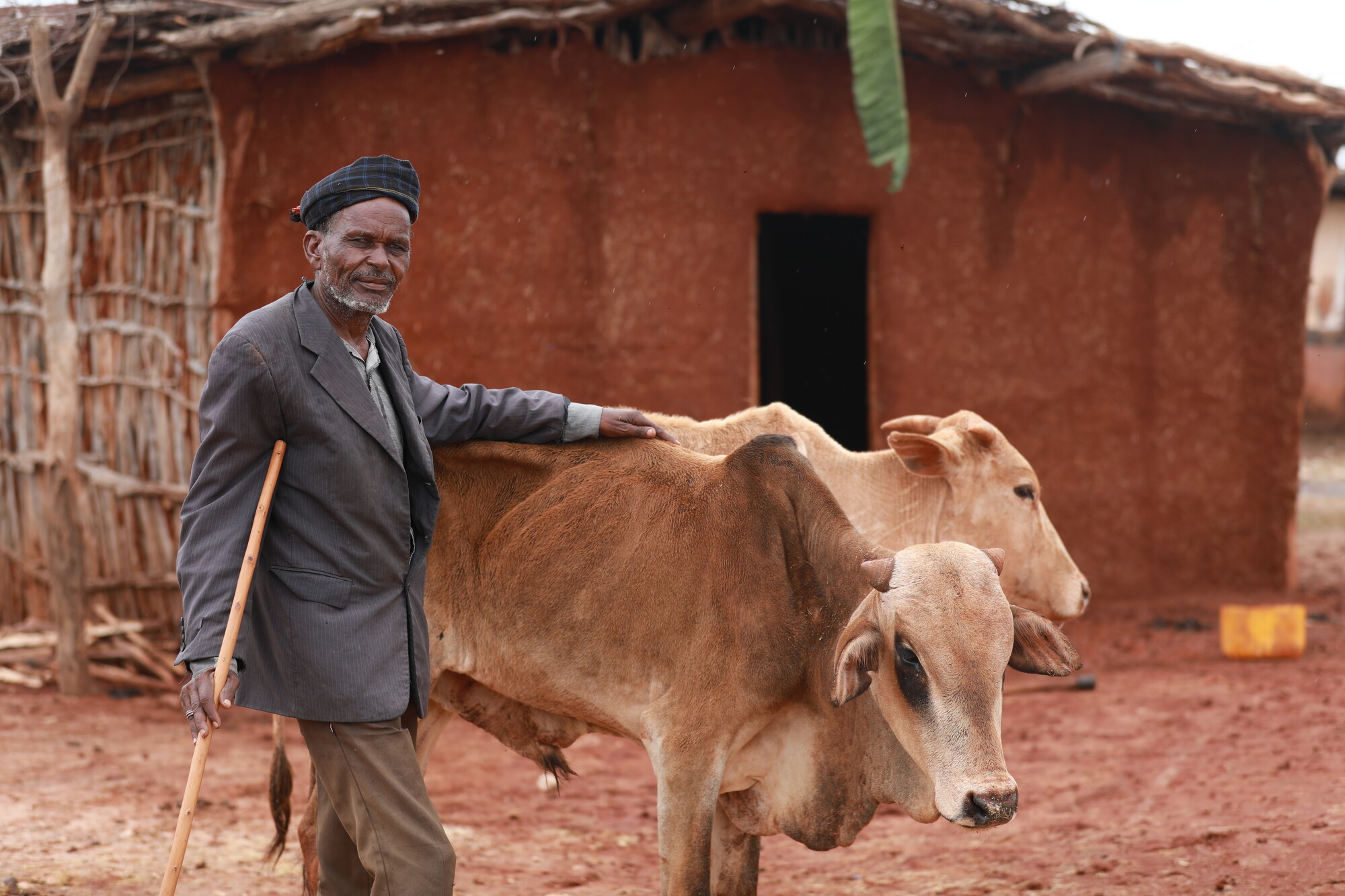HelpAge’s new report highlights the critical link between ageing populations and climate change, ahead of COP28 climate talks.
The world is turning a blind eye to the need to address the profound link between the rapidly ageing population and climate change – leaving older people invisible in debates about how to address the crisis.
With HelpAge’s new report on climate change, we look at what is happening around the world and share recommendations for a more inclusive response to climate change.
Intersection between climate change and population ageing
The ageing population is triggering one of the most significant social changes across the world, with almost every country experiencing an increase in the number and proportion of older people. This means that as global temperatures rise, climate related hazards affect an ever-increasing proportion of older people.
“Almost 138 million people aged over 60 (close to 14 per cent of the global over-60 age group) are already exposed to climate risks.” – Source UNFPA.




